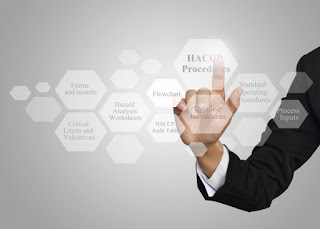Product Innovation
Main Product
Market Segments
Mingle is committed to introducing recent trends in the food innovation category according to the changing consumption patterns and preferences of its customers in the attractive marketplace of Singapore. The company is producing quality natural products with no sugar and fillers that want to be included at the dinner table, snacking, lunch & breakfast of every household. Under blue sky thinking, Mingle has decided to leverage its fun and flavors that shake up the things in the spice aisle through Mum Secret Spice that could offer innovation in packaging formats and more flavors. Mumma Maddy can be the new food category (endless creation) other than its seasoning product that can fulfill its new customer’s needs & wants and evolve faster through new product development strategy (Barczak, G., & Wilemon, D. 1989).
Through extensive
market research, it has been concluded that Mumma Maddy will result in high
technology savvy, high online shops, high brand loyalty, and high product
quality, less time to cook, within grocery budget, high health-conscious, and high
use of spices in cooking. Mingle will have other competitive advantages like its
too expensive (being innovative) and not yet distributed in enough retailers
and readily available in supermarkets and online shopping channels. This will
be an exciting new product opportunity that can drive high sales for Mingle due
to its high rate of consumption in a week for immediate family. It will produce
economical meals for the whole family quickly and easily that the whole
household will enjoy. The primary motivation behind this main product segment
is that it will target the whole family who it hard to find recipes that can
improve their self-care and health following the regulations to ensure food
safety. Hence, this product innovation of Mingle will differentiate its consumer
products from its competitors and create additional customer value (Woodruff,
1997 and Wecht, 2006).
References
Barczak, G., & Wilemon, D. (1989).
Leadership differences in new product development teams. Journal of
product innovation management, 6(4), 259-267.
Wecht, C. (2006). Active customer roles during
the innovation front-end: theoretical foundations and managerial implications. Available
at:https://www.alexandria.unisg.ch/Publikationen/226410/L-en(accessed on
07/02/2021)
Woodruff, R. B. (1997). Customer value: the
next source for competitive advantage. Journal of the academy of
marketing science, 25(2), 139-153.





Comments
Post a Comment